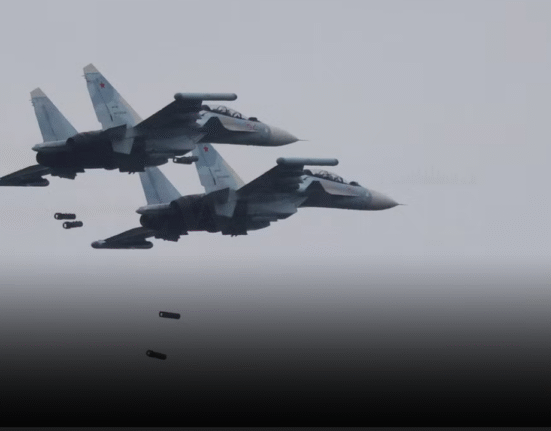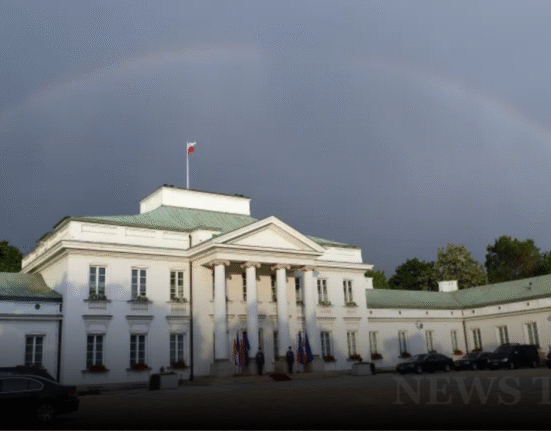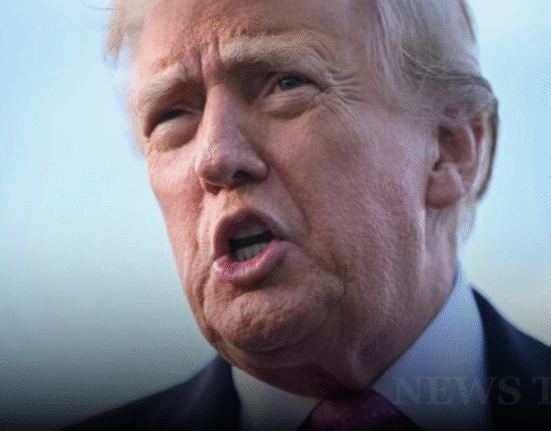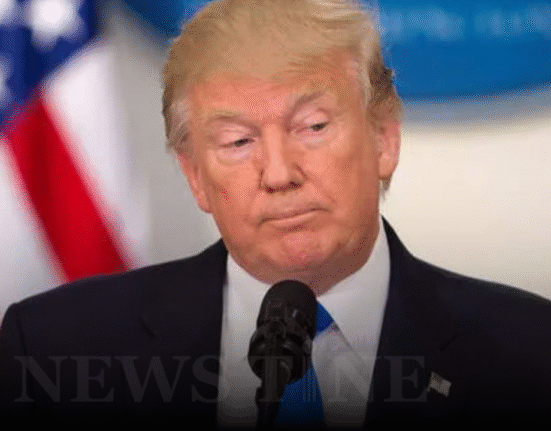
When the news broke that Vladimir Putin had been invited to Alaska for a summit with Donald Trump, I almost did a double take. The symbolism? Off the charts. The timing? Intriguing. The potential geopolitical implications? Massive. And yet, the most surprising part is what wasn’t exchanged in return — at least, not officially.
This isn’t just another round of U.S.-Russia talks; it’s the first time since 2007 that Putin’s been invited to the United States outside of the U.N. General Assembly. The move left European and Ukrainian officials scrambling to interpret Trump’s sudden pivot, especially given that only days earlier he’d been frustrated over Russian bombardments in Ukraine and threatening more sanctions.
1. Why Alaska? The Symbolism Runs Deep
Let’s be honest — Alaska isn’t just a random spot on the map for this kind of meeting.
- Historical Connection: The U.S. bought Alaska from Russia in 1867 for $7.2 million, or roughly 2 cents an acre.
- Shared Roots: As Kirill Dmitriev, Russia’s special economic envoy, put it, “Born as Russian America — Orthodox roots, forts, fur trade — Alaska echoes those ties and makes the U.S. an Arctic nation.”
- Nationalist Sentiment: Some in Russia still talk about Alaska as a “loss” that should be corrected, much like Crimea or Ukraine in their rhetoric.
Michael McFaul, former U.S. ambassador to Russia, warned that holding the meeting there “is horrendous symbolism — as though borders can change, land can be bought and sold.”
2. Trump’s Sudden Pivot From Sanctions to Smiles
Not long before the announcement, Trump had been airing grievances about Putin’s reluctance to agree to a full ceasefire in Ukraine. Then, without much warning, came the Alaska invitation.
Tatiana Stanovaya, senior fellow at the Carnegie Russia Eurasia Center, suggested Trump “didn’t want to fall into confrontation with Russia.” The implication? Trump may see more value in reopening dialogue than escalating sanctions — at least for now.
3. Ukraine’s Red Line: No Territorial Concessions
President Volodymyr Zelensky’s stance remains crystal clear:
- No Giving Up Land: Ukraine’s constitution forbids handing over territory.
- Ceasefire First: Kyiv and European leaders insist that hostilities must end before negotiations can begin.
European leaders — from Britain to Germany — backed Ukraine’s demand, warning that allowing Russia to trade land for peace would set a dangerous precedent.
4. The Russian Offer: A Ceasefire for the Donbas
Here’s what’s reportedly on the table:
- Russia wants Ukraine to relinquish the Donbas region (Luhansk and Donetsk) in exchange for a ceasefire.
- No concessions on Kherson or Zaporizhzhia — both crucial for Moscow’s land bridge to Crimea.
Janis Kluge from the German Institute for International and Security Affairs called it “part of the war” — a tactical pause, not a real settlement.
5. The West’s Dilemma
For NATO allies, this summit is a tightrope walk:
- Engagement vs. Endorsement: Meeting with Putin could be seen as legitimizing his territorial gains.
- Risk of Division: Moscow hopes to drive a wedge between the U.S. and its European partners.
6. The Stakes for Trump and Putin
- For Trump: A chance to frame himself as the ultimate dealmaker in global politics.
- For Putin: A PR win, showing the world he’s welcome in the U.S. and still has major-league clout.
As Sergei Markov, a pro-Kremlin analyst, bluntly put it: “Putin is one of his few good political friends.”
7. Why This Could Reshape the Map — Or Not
Let’s be clear: the Alaska summit alone won’t redraw borders. But its symbolism could embolden Russia’s worldview that borders are negotiable and past “losses” are reversible.
If talks fail? Putin can blame Ukraine and Europe, while Trump risks appearing naïve or overly friendly to Moscow.
Quick Recap Table
| Issue | Ukraine’s Position | Russia’s Position | Risk |
|---|---|---|---|
| Donbas | Must remain Ukrainian | Must be ceded | High |
| Kherson/Zaporizhzhia | Full withdrawal | Keep territory | Very high |
| Ceasefire Timing | Precondition to talks | Negotiation tool | Medium |
| Alaska Venue | Neutral ground | Symbolic homecoming | Political risk |
The Putin-Trump Alaska summit is loaded with history, symbolism, and geopolitical tension. While some see it as a bold step toward peace, others warn it’s a trap — a photo op that could normalize land grabs.
The world will watch not just what is discussed in Alaska, but how the handshake plays out. Will it be the start of something new, or just another chapter in the endless saga of East-West brinkmanship? What’s your take — smart diplomacy or risky optics? Share your thoughts in the comments.






